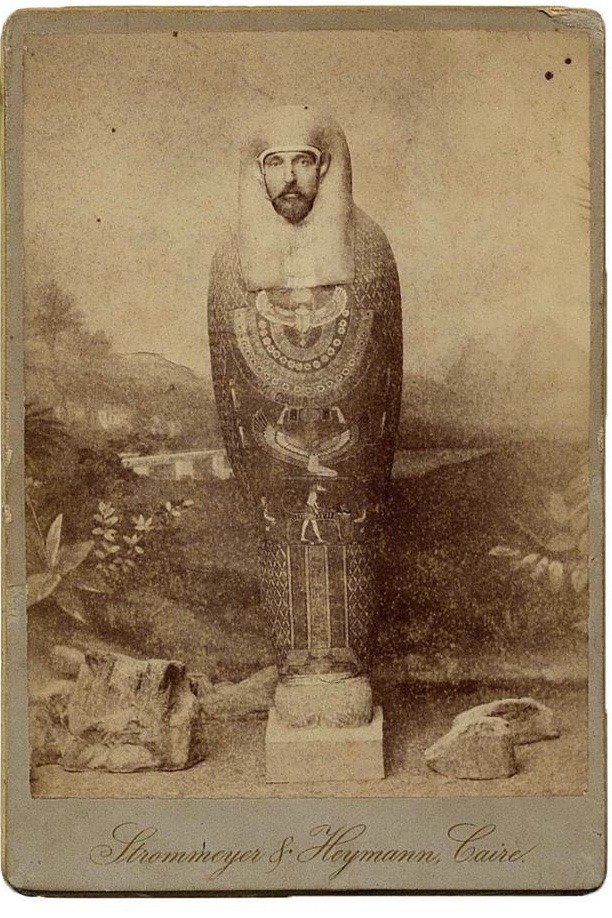1901
1903
1904
1905
1907
1908
1914
1915
1916
1917
1918
1919
1920
1922
Anatolian Marble Two-headed Idol, Circa Late 3rd Millennium BC. Private Collection. Detailed post: instagram.com/archaeologyart
1923
1924



























